Redbournbury Grange Farm
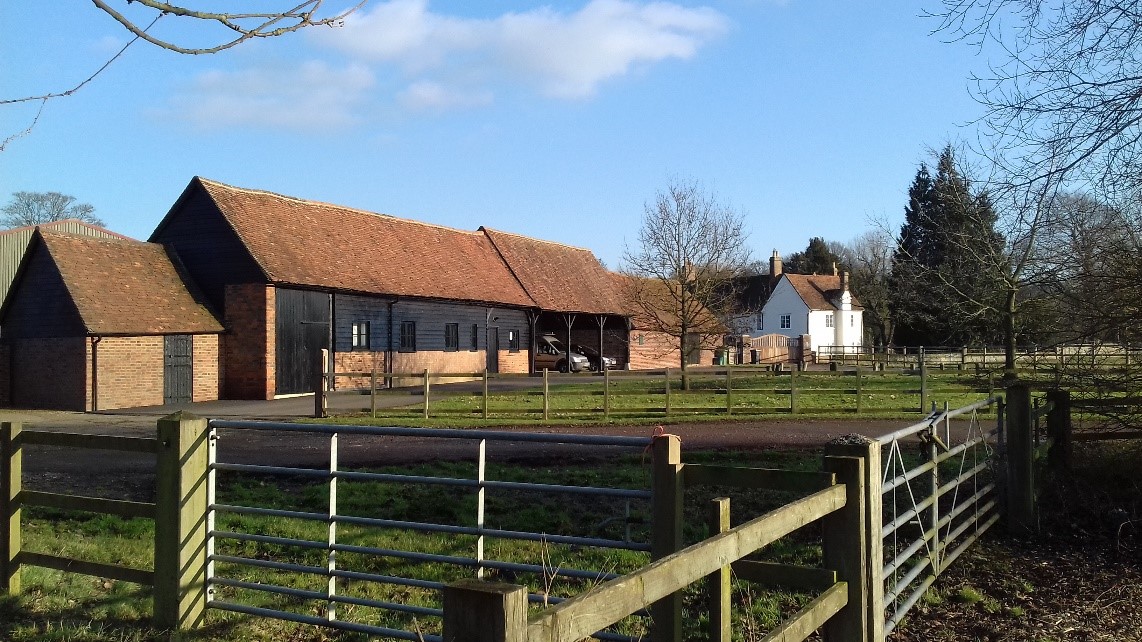
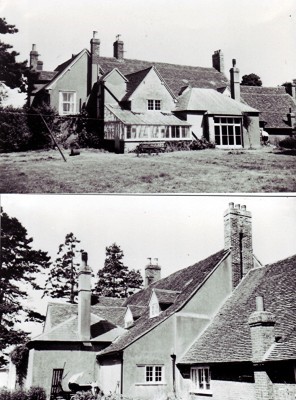
St Albans Abbey owned most of the village from before the Domesday Book until the Dissolution of the Monasteries. In 1178, the supposed relics of St. Amphibalus were found on a site near the common and a priory was built there. This Priory was supported from a manor at Redbournbury, where the chamberlain of the monastery held court. The income from the manor supported the Priory.
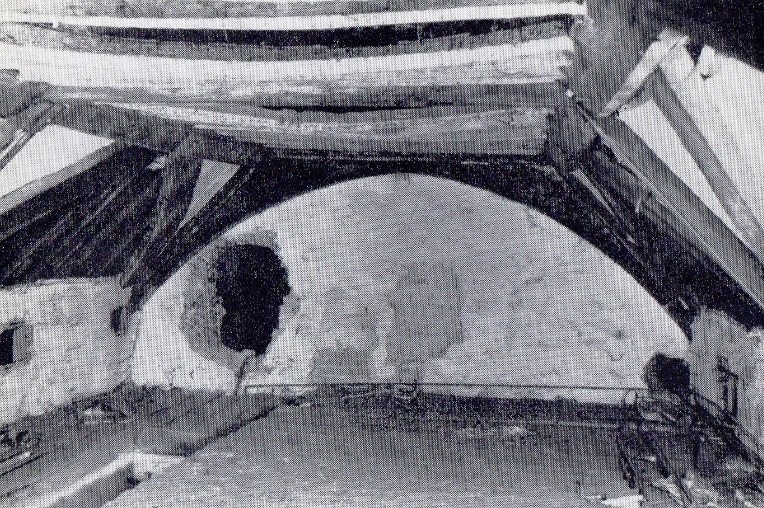
Bury ( Burh) comes from the defensive nature of the site, it was surrounded by water the river and the old watercourses. It is most likely that the original Saxon owners of Redbourn made their home here. Parts of the house date back to the 14th century or perhaps before as when it was repaired by the Abbot John de la Moote (1396-1401) he says ‘It lay in ruins, and he rebuilt the stone walls and laid a new stone floor’ this makes it the oldest house in the area of Redbourn. It was stone built and the administration centre and court house to decide on the farming routine of the estate and to try petty crimes, for the Abbey Chamberlain, though it might have served at sometimes as a residence as well for a steward of bailiff. It had a large hall with a central fire and a vent in the roof for the smoke to escape. The barn was built to hold the Tithes of grain and hay.
Redbournbury is mentioned in documents. King John, on his way through Redbourn left with three horses, asses and a wagon. The Archbishop of York Thurstan (1114 -1104) held a meeting with Christina of Markyate.
Christina, originally named Theodora was born into a wealthy merchant family.
As a child, Theodora is said to have talked to Christ “as if he were a man whom she could see. “Theodora visited the Abbey in St Albans with her parents as a teenager, and the visit apparently instilled in her a deep faith that prompted her to make a private vow of chastity.
When Theodora, allegedly refused to become Bishop Ranulf Flambard’s mistress, he exacted revenge by brokering a marriage for her with a young nobleman named Beorhtred
Theodora’s parents readily agreed, but Theodora did not. As word went round of Theodora’s plight, a hermit name Eadwine, with the blessing of the Archbishop of Canterbury helped her escape, disguised in men’s clothes. Eadwine then took her to stay with an anchoress at Flamstead named Alfwen, who hid her from her family. Here Theodora changed her name to Christina. Christina next found shelter with Roger, a hermit and sub-deacon of St Alban’s Abbey, whose cell was at Markyate.[She spent her time in prayer, sewing to support herself. She was a skilled needlewoman. After two years, Archbishop Thurstan of York formally annulled the marriage in 1122. Thereafter, Christina was able to come out of hiding and move into a small hut.
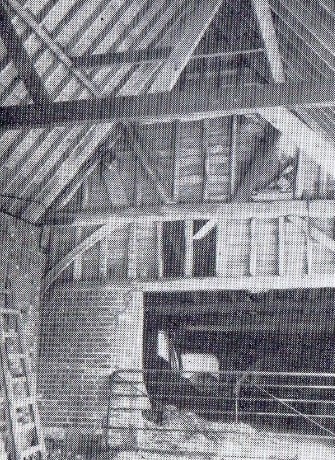
Upon the death of Roger, Christina took over the hermitage near St Alban’s Abbey, where she reportedly experienced frequent visions. Other women, including her sister Margaret, joined her there. Christina took her vows at St Albans in 1131. Markyate Priory was established in 1145.
With the dissolution of the monasteries, the Manor of Redbourn became the property of the Crown. By 1629 it was in the hands of the Meauty family. In 1651 the widow of Sir Thomas Meauty married Sir Harbottle Grimston, who also owned Gorhambury. In 1654 the manor house of Redbournbury was leased for £90p.a. to Daniel Whitely (wife Martha) along with 190 acres of land. This lease was renewed in 1664 but rental had increased to £112 p.a. for 213 acres. Daniel died in 1669 and according to his will, his house had a hall, parlour, Brewhouse, buttery, milkhouse, and great room, room over the hall, the loft room, the maids’ room and the men’s room. The will also lists 6 horses, 47 ewes, a ram, 12 lambs, 9 cows, 14 pigs, corn and hay in the barn, wheat and barley growing in the fields and vegetable crops in the gardens, along with a whole list of agricultural equipment. His personal wealth amounted to about £436. 5s. Martha died in 1685 and another Daniel Whitely took on a 21 year lease.His widow Mary renewed it in 1710 for 21 years at £130 p.a.( 257 acres) and again in 1730 (£150 p.a.). John Whitely is recorded as tenant by 1751. By 1767, John still the tenant had 267 acres. The name on the lease by 1794 was William Whitely but in 1809 it was that of his widow, Mary surrendered the remaining lease to Viscount Grimstone. According to the listed buildings website the farmhouse was originally a manor house belonging to the abbey of St Albans and has, as its core, a 15th century hall. It was extended at various times between the in the mid-16th century and the mid-17th century. So that the cross wing on the right of the building is mid-16th century in origin. The chimney stacks are red brick and, on the western section are mid-16th century and mid-17th century on the eastern section. The walls of the hall are stone faced flint. There are stone arched doorways to the rear of the side walls. There is a large fireplace with a roll-moulded four centre arch. The roof is well preserved and clearly shows the immense age of the building. . At the rear there is a 17th century gabled stair turret.
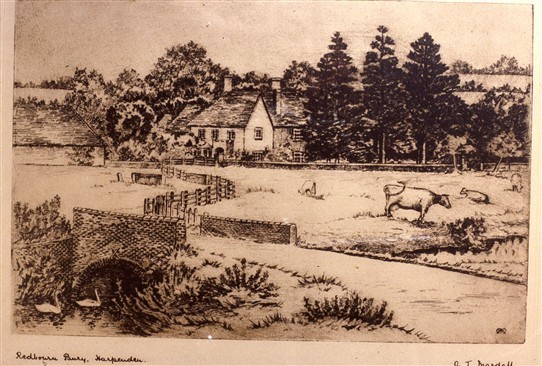
Ten metres north of the farmhouse is a small barn, now used as a stable. It is timber framed and dates from the 17th century. In the 1851 census, it is recorded as having about 350 acres.
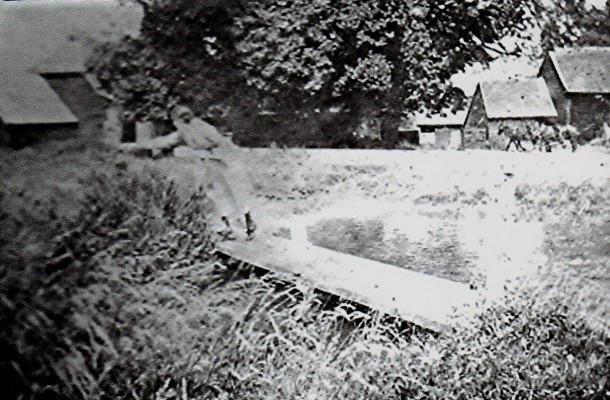
Shaqui Le Vesconte
Good afternoon,
I was at an event run by Flamstead Heritage on Saturday 2nd March, where a talk was given by author Alan Dein about photographs taken in the area by art editor Roger Perry (who lived there at the time) for the late 1960s comic, annuals and storybooks called ‘Candy (and Andy)’.
Among the audience were a number of people who were children there at the time, and who were featured in some of the photos.
Some of the photos were taken of a stream with a small concrete bridge over it, with a single metal rail on one side. One of the locals though it was a farm with grain silos in Redbourn (the silos are just visible reflected in the stream, but were more evident in the original transparency that Alan Dein had). I was hoping that your website may know the exact location, if I am able to send some of the published photos to you?
I look forward to hearing from you.
Kindest regards,
Shaqui Le Vesconte
(Writer, researcher & editor)